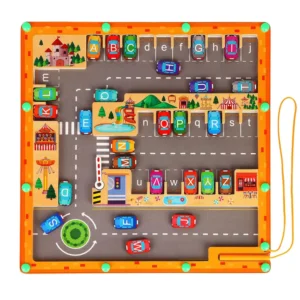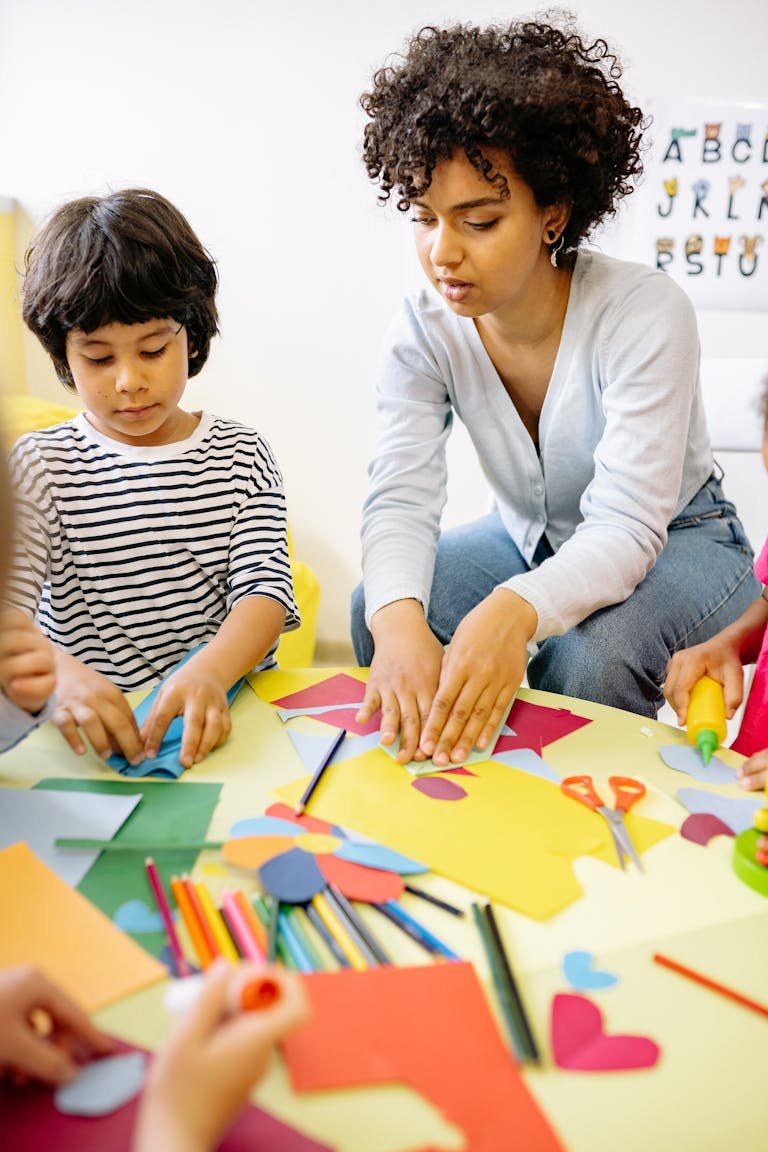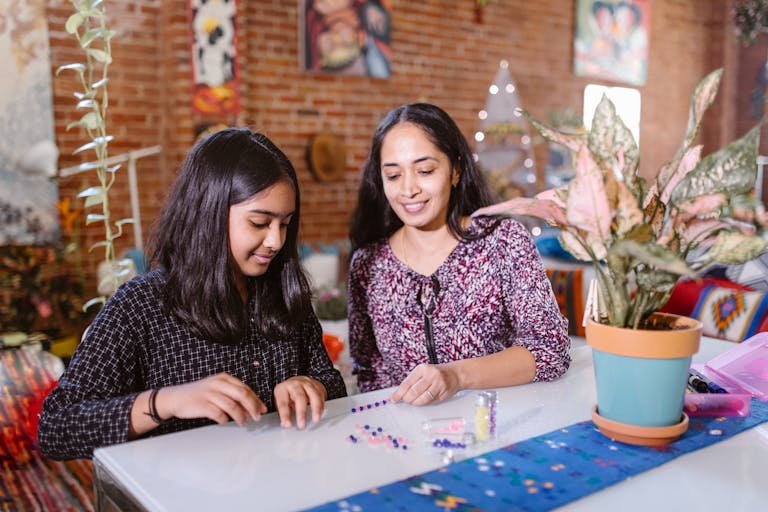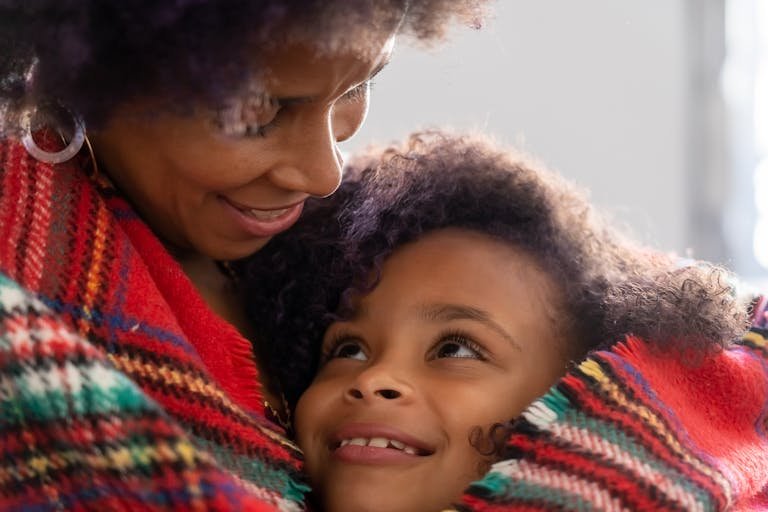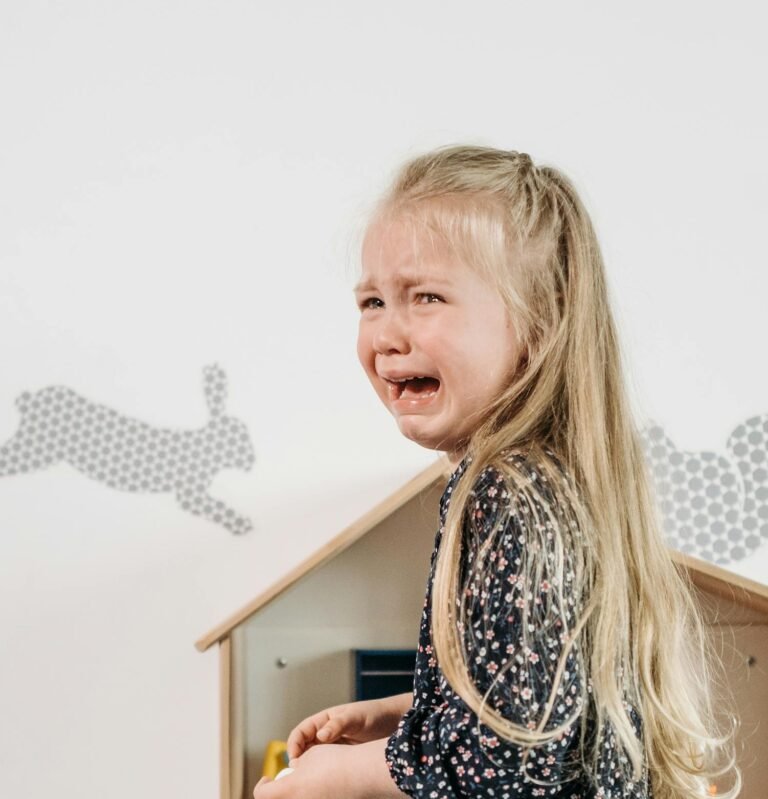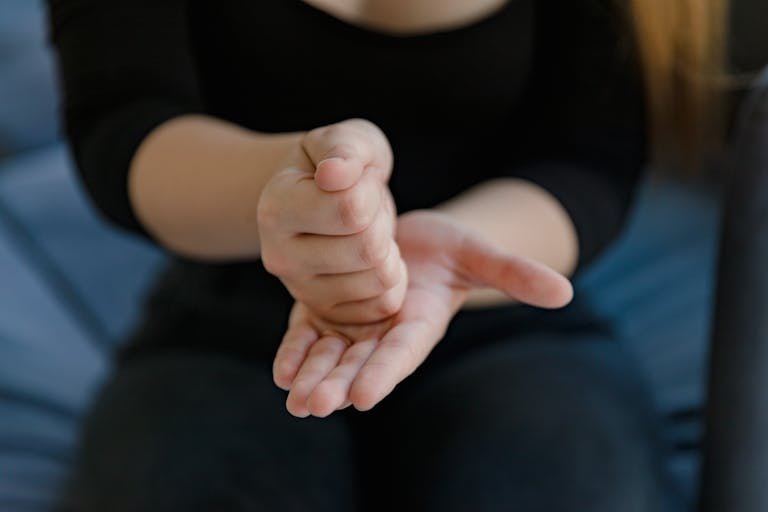
Hey everyone! As a therapist who’s spent countless hours playing, learning, and growing with amazing neurodiverse kids and their families, I’ve seen magic happen when we tap into the power of connection and purposeful play. One of the biggest “a-ha!” moments for many parents (and therapists!) is realizing how much communication blossoms when we create just the right opportunities for it.
It’s not about being rigid or demanding; it’s about understanding a little bit about why communication happens and then setting up situations where it feels natural and rewarding for our kids to use their voice, their signs, their pictures, or whatever way they communicate best.
Creating the “Need” – It’s All About the Setup!
Think about it in our own lives. We talk when we need something, when we want to share something, or when we want to connect. For our kids, especially when they’re still developing their communication skills, we can gently engineer moments where communicating is the quickest, most effective way to get what they want or need.
We call this “setting the stage” or, in more technical terms, creating stimulus control – basically, making sure the situation calls for communication because communication has “worked” in that situation before. It’s about having a little bit of friendly control over the things that are really motivating for our kids, not to be mean, but to make communication the key that unlocks the fun!
Those Favorite Things? They’re Gold!
You know those toys that light up their eyes? That one snack they just can’t get enough of? Those favorite things are your secret weapon! In the world of learning and behavior, we call these “preferred stimuli,” and when we use them wisely, they become incredible reinforcers.
What does that mean? It means that when your child communicates (in whatever way they can!) and that communication immediately results in them getting that favorite toy or snack, they learn: “Wow, when I do that (communicate), I get this (the awesome thing)! I should do that more often!” The fun, the joy, the thing they wanted becomes the fuel for more communication. It’s learning powered by happiness!
Simple Games, Big Impact (No Fancy Stuff Needed!)
You absolutely do not need to buy a truckload of specialized toys. The best tools are often already in your home! Here are a few ideas to get you started, using everyday items:
- The “Can’t Open It” Box: Grab a clear plastic container and put a super-duper favorite toy or snack inside. Make sure the lid is on tight enough that they can’t open it easily, but you can. When they reach for it or show you they want it, this is your cue! Wait a second, look expectantly, and maybe use a little prompt like “What do you need?” or point to the box. When they make a sound, use a word approximation, sign, or gesture, immediately open the box and let them have it! That quick connection reinforces their attempt to communicate.
- Just Out of Reach: Sitting on the floor together? Keep their favorite blocks, car, or doll just a tiny bit too far for them to grab without asking or gesturing. When they reach, look at you, or fuss a little, prompt for a request (“Toy?” “Give?”). As soon as they communicate in their way, slide the item over to them. Quick reinforcement!
- The “More Please” Game: This works wonders with snacks they love or small toy pieces (like LEGO bricks or puzzle pieces). Give them just one. As soon as they finish/use it, wait. They’ll likely look at you or motion for more. This is your chance to prompt “More?” or “More please?” Give them the next piece immediately after their communication. This builds requesting and the concept of “more.”
- Puzzle Power: Take a simple puzzle they enjoy. Hold onto a few pieces. Give them one piece, and as they go to place it, wait before giving the next one. They’ll need to indicate they want the next piece to finish the puzzle. “Piece?” “Help?” Giving the piece when they communicate reinforces asking for help or for the next step.
See? It’s all about creating that slight pause, that gentle setup, where communication is the clear path to getting the fun thing.
The Flip Side: What Are We Accidentally Reinforcing?
Now, here’s a really important part, and it’s something we all need to be mindful of. While we’re focused on reinforcing the communication we want to see, we can sometimes, without realizing it, reinforce behaviors we don’t want to see. If, while trying to get that desired toy, your child whines, cries loudly, or grabs, and those actions result in them getting the toy (or even just getting your intense attention, which can also be a reinforcer!), you’ve just accidentally taught them that whining, crying, or grabbing works.
It’s tough in the moment, I know! But being aware of what happens right after a behavior is key. If a problem behavior occurs, try your best not to let that behavior be what gets them the desired item or your big reaction. Redirect gently, prompt for the desired communication again when they are calm, and then provide the reinforcer. Consistency helps teach them which behaviors are effective for getting their needs met.
Connection and Joy: Your True Superpowers
Connection and Joy: Your True Superpowers
Let’s wrap this up with the most important ingredient, the one that makes all of this truly work: connection. These games and strategies? They aren’t meant to be rigid training sessions or just another task on your to-do list. They are golden opportunities to connect with your child on their level, to play, to laugh until your sides hurt, and to build a stronger, more joyful relationship. Learning happens best when it’s wrapped in fun, when kids feel safe, seen, and absolutely loved. Your positive energy, your genuine smiles, your shared moments of joy – those are the most powerful motivators there are.
By gently weaving these communication opportunities into your playful, loving interactions, you’re doing something incredible. You’re not just teaching skills; you’re building a foundation of trust and showing your child, in the most positive way possible, that communication is a fantastic, effective, and happy way to connect with the world around them.
Ready for something powerful? Ready to see communication click in a tangible way?
Your Turn to Discover the Magic: A Personal Experiment in Requesting!
We’ve talked about setting the stage, using those favorite things, and being mindful of what happens next. Now, it’s your turn to step into the role of playful discoverer in your own home. This isn’t homework; it’s an adventure that can illuminate how powerful requesting can be!
Here’s the challenge, focused specifically on encouraging your child to request something they want:
Choose ONE highly preferred activity or toy. Think of something your child absolutely loves and would immediately want to engage with.
Make that preferred activity/toy visibly available but slightly out of their immediate reach. Maybe it’s their favorite puzzle on a low shelf they can point to but not grab, a prized car sitting just beyond their arms’ reach while they’re playing on the floor, or bubbles where they can see the wand and bottle but you’re holding them. The key is they can see it, they know it’s right there, but they need your help or permission to get it.
Now, here’s the “WOW” part: While this preferred item is available but out of reach, watch and wait. When your child shows interest in the item (looks at it, reaches for it, makes a sound, fusses slightly, looks at you), this is your golden opportunity!
Your mission, should you choose to accept it, is to observe and act mindfully:
- When they indicate they want the item: Wait just a second. Look at them expectantly. Maybe offer a simple prompt like, “What do you want?” or open your hand questioningly.
- The moment they make ANY attempt to request it – even a sound, a look back at you, a reach towards you, a sign, a word approximation, or saying the word – IMMEDIATELY give them access to the preferred item or activity! Be quick and enthusiastic! “You want the car? Here it is!” “Bubbles! Good asking!”
- Pay super close attention to the sequence: What did they do before you prompted or they communicated? What was their communication attempt like? And most importantly, what happened right after you gave them the item? How did they react?
Seriously, focus on that powerful connection: Interest + Attempt to Communicate = Getting the Awesome Thing!
This simple setup highlights for your child that communicating what they want is a powerful and effective way to get the good stuff in life. You’re not just giving them the toy; you’re reinforcing the act of requesting the toy.
After your experiment, take a moment to reflect. What did you observe about their attempts to request? How quickly did they catch on? Did you see that “lightbulb” moment?
This specific experiment, focusing on making a desired item available but requiring a request, is a fundamental way we can empower our children to use communication purposefully. Give it a try. I predict you’ll be amazed at the clarity and impact of this simple interaction!
Keep connecting, keep playing, and celebrate every single communication attempt – especially those powerful requests!


